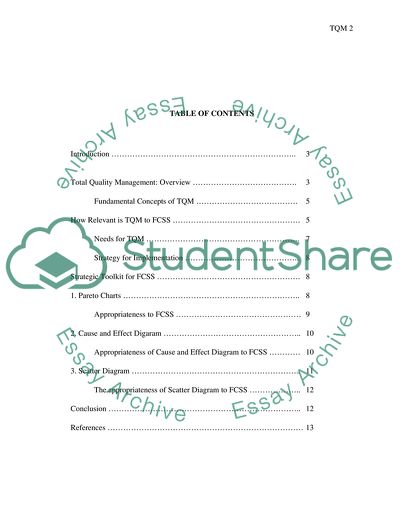Cite this document
(“TQM Strategy & Toolkit Essay Example | Topics and Well Written Essays - 2500 words”, n.d.)
TQM Strategy & Toolkit Essay Example | Topics and Well Written Essays - 2500 words. Retrieved from https://studentshare.org/miscellaneous/1564477-tqm-strategy-toolkit
TQM Strategy & Toolkit Essay Example | Topics and Well Written Essays - 2500 words. Retrieved from https://studentshare.org/miscellaneous/1564477-tqm-strategy-toolkit
(TQM Strategy & Toolkit Essay Example | Topics and Well Written Essays - 2500 Words)
TQM Strategy & Toolkit Essay Example | Topics and Well Written Essays - 2500 Words. https://studentshare.org/miscellaneous/1564477-tqm-strategy-toolkit.
TQM Strategy & Toolkit Essay Example | Topics and Well Written Essays - 2500 Words. https://studentshare.org/miscellaneous/1564477-tqm-strategy-toolkit.
“TQM Strategy & Toolkit Essay Example | Topics and Well Written Essays - 2500 Words”, n.d. https://studentshare.org/miscellaneous/1564477-tqm-strategy-toolkit.


